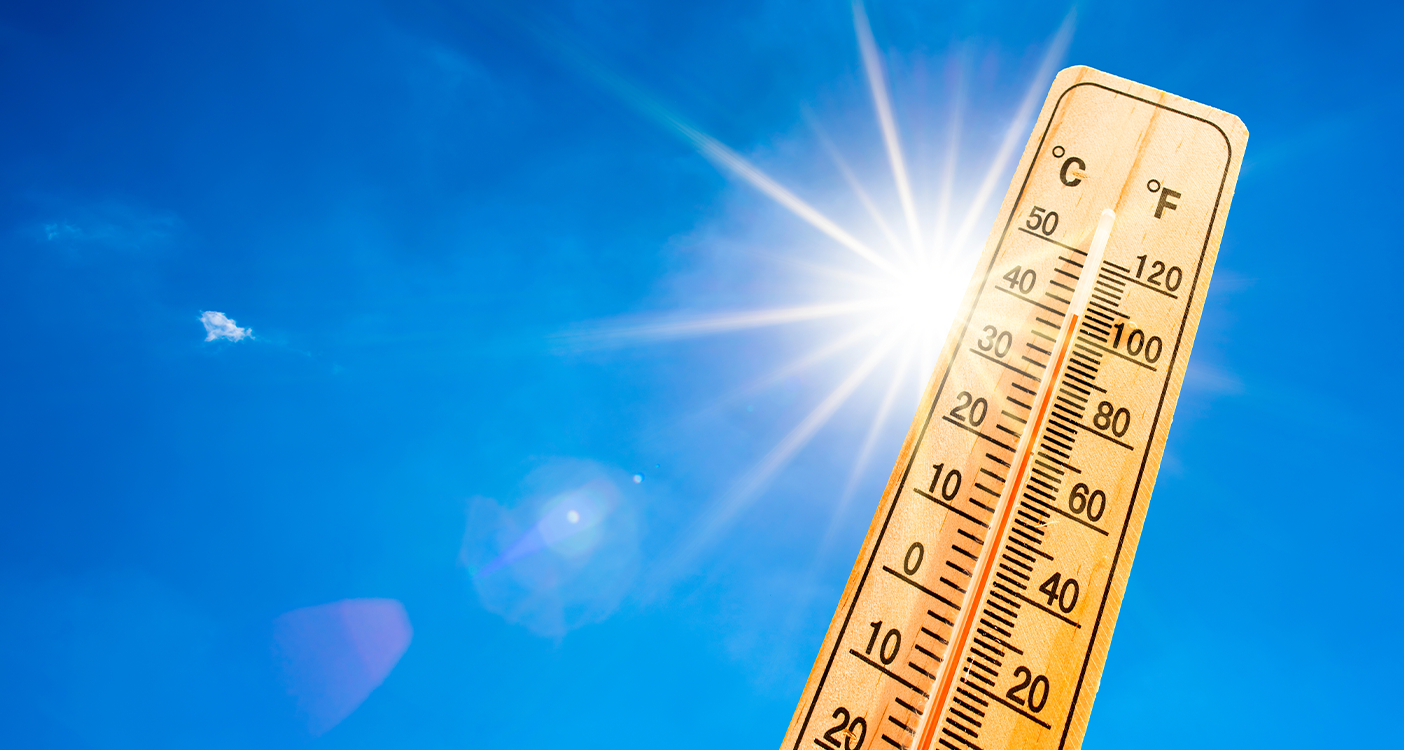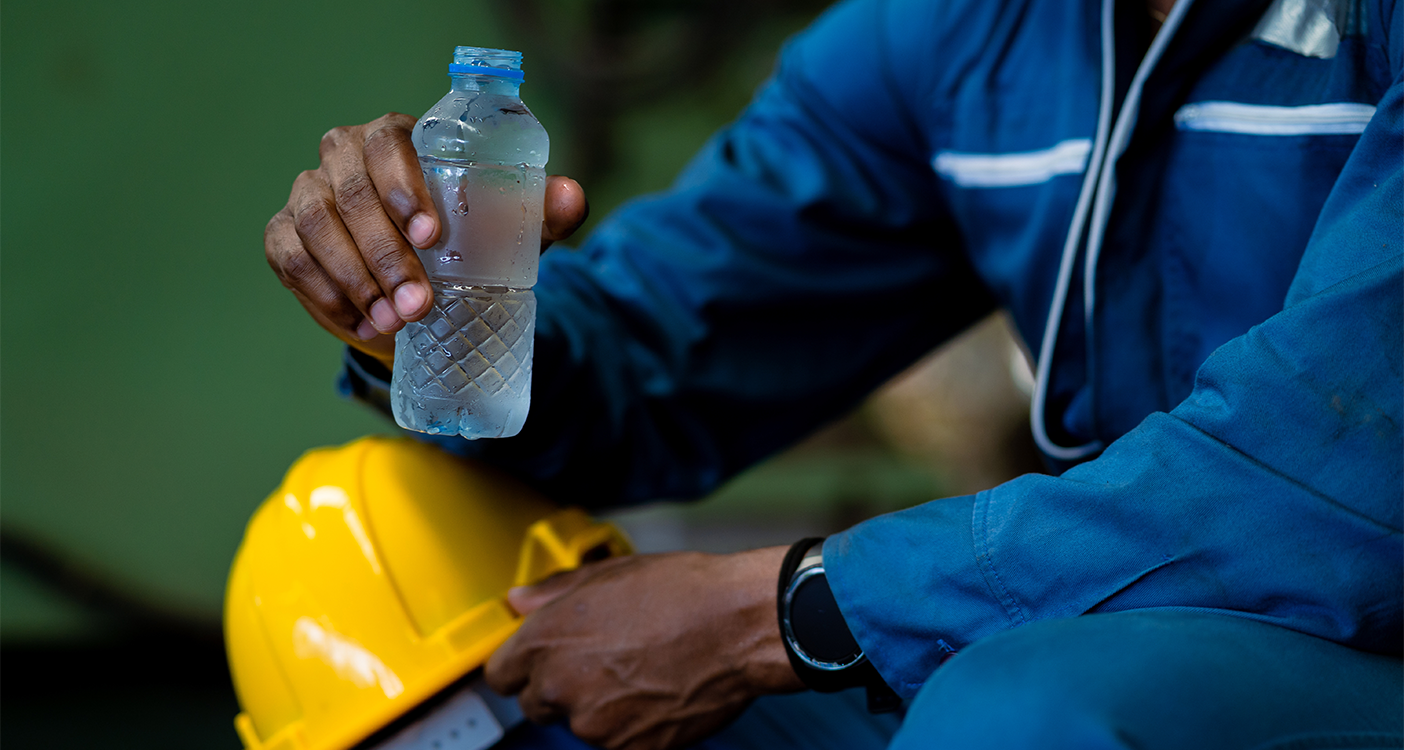|
|
|  | Heat StressAs we enter the summer season, it's a perfect time to remember the risks of heat stress and the protective measures needed for working outdoors in hot, humid, and sunny conditions—as well as in indoor environments like steam vaults, utility tunnels, and mechanical rooms.
According to the Occupational Safety and Health Administration (OSHA), dozens of workers die, and thousands become ill due to heat stress each year. For this reason, Northwestern developed a Heat Illness Prevention program to protect you and your colleagues from heat stress-related illnesses.
If your job involves work in hot environments, ensure you are up-to-date on your biennial Heat Stress in the Workplace training in myHR Learn. | |
|
| Common heat-related illnessesHeat cramps are muscle cramps caused by low salt levels.
Heat exhaustion is the body’s response to an excessive loss of water and salt and is indicated by headache, nausea, dizziness, and weakness.
Heat rash is a skin irritation caused by excessive sweating.
Heat stroke occurs when the body can no longer regulate its temperature, indicated by hot, dry skin or profuse sweating, confusion, and fainting. |
|
| Know your riskThe number on the thermometer is not the only factor that determines whether you are at risk of heat stress. Be aware of the many factors that impact your risk of heat stress, including:
- Environmental conditions, such as humidity, sunlight, wind, and the presence of hot equipment
- The level of physical activity needed to perform the work (e.g., heavy lifting or pulling)
- Clothing and personal protective equipment (PPE)
- Individual risk factors, including dehydration, health problems, some medications, and pregnancy
|
|
|  | Stay coolThe heat index is how hot it feels based on air temperature and humidity, and can be increased by up to 15° Fahrenheit (F) in direct sunlight. When the heat index is above 80°F, the potential for heat stress exists. Follow these guidelines to stay safe:
- Factor weather conditions into your job planning. Use the OSHA Heat Safety Tool to check the current heat index and preventative measures.
- Take frequent breaks in shaded, cool areas.
- Drink plenty of water and avoid caffeinated beverages to stay hydrated.
- When possible, wear light or loose-fitting clothing to promote air circulation on the skin.
|
|
| Responding to heat stressIf you or one of your coworkers is experiencing signs or symptoms of heat stress, notify your supervisor immediately and do the following:
- Move to a well-ventilated, cool, and shaded area.
- Drink cool water.
- Remove or loosen outer clothing, if possible.
- Cool down using ice packs or cool compresses on the head, neck, armpits, or groin.
- If the condition is serious (e.g., fainting, seizures, confusion), call 911 immediately.
|
|
| Do you want to learn more? |
|
|
|
|



